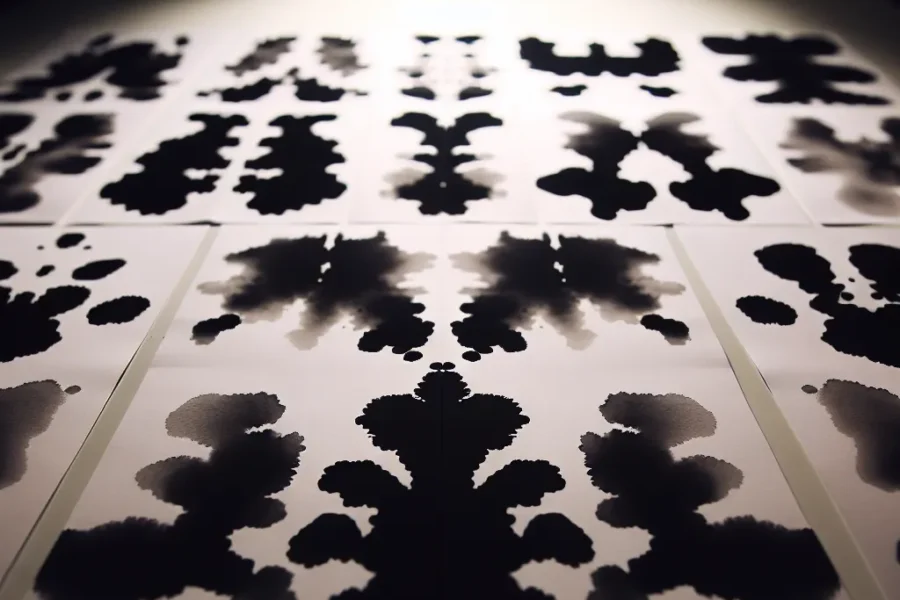Anna Freud: Continuing the Freudian Legacy in Psychoanalysis
Psychoanalysis, a discipline that has profoundly impacted the field of psychology and beyond, owes much to the groundbreaking work of Sigmund Freud. However, what many may not realize is that his youngest daughter, Anna Freud, was an eminent psychoanalyst in her own right and played a pivotal role in refining and expanding the theories her father pioneered. Anna Freud, standing on the shoulders of her father’s immense legacy, emerged as a significant figure in psychoanalysis, particularly in the realm of child psychoanalysis.
Anna Freud was born on December 3, 1895, in Vienna, Austria. She was the sixth and last child of Sigmund and Martha Freud. Growing up in the intellectual atmosphere created by her father’s work in psychoanalysis, Anna was exposed to the concepts and discussions revolving around the human psyche from an early age. Her career began as a teacher, but she showed an increasing interest in her father’s work and eventually delved fully into the world of psychoanalysis.
Continuing the Freudian legacy, Anna made several contributions to psychoanalysis. One of her most significant contributions was the establishment of child psychoanalysis as a distinctive branch within the field. Through her clinical observations and theoretical work, Anna emphasized the importance of the emotional and mental life of children. Her book “The Ego and the Mechanisms of Defence” is a seminal work that outlines her theory of defense mechanisms, expanding on the ideas of her father and further elucidating the workings of the ego in the face of anxiety-provoking stimuli.
Anna Freud’s approach to child psychoanalysis was innovative as she introduced new techniques suited to the treatment of children. She understood that children expressed their thoughts and emotions differently from adults, often through play and behavior rather than words. Through the establishment of the Hampstead War Nursery in London during World War II, Anna Freud applied her psychoanalytic insights to help children who were separated from their families and affected by the traumas of war. Her work underscored the importance of the psychological well-being of children under stress and led to the establishment of what is now known as the Anna Freud National Centre for Children and Families.
Aside from her clinical work, Anna Freud played a vital role in the dissemination of psychoanalytic ideas. She founded the Hampstead Child Therapy Course and Clinic in 1952, which became a center for training, research, and treatment. Anna Freud’s legacy includes her contributions to psychoanalytic education and her mentorship of several generations of psychoanalysts. Her emphasis on direct observation and her detailed clinical descriptions remain legacy benchmarks in psychoanalytic training and practice.
As the discipline of psychoanalysis evolved, Anna Freud maintained her position as a staunch defender of her father’s original ideas while also being critical and innovative in her approach. This careful balance helped establish her as not simply a successor to Sigmund Freud but as a pioneering figure whose insights have had a lasting influence on psychotherapy, child development, and the broader mental health field.
Moreover, Anna Freud’s work extended beyond the bounds of psychoanalysis and into the realm of social work and education. Her interests included the development of normal and pathological behaviors in children and the ways in which social institutions could aid in the healthy development of young minds. She believed that by understanding the psychological processes of children and adolescents, educators and social workers could foster environments conducive to healthy psychological growth.
One of Anna Freud’s lasting impacts on psychoanalysis and psychology is her focus on the importance of early experiences in shaping an individual’s development. Building on the Freudian emphasis on childhood experiences, she devoted much research to understanding how varying parenting styles and early traumas could influence a child’s personality and behavior later in life. This understanding has led to more nuanced therapeutic approaches and interventions tailored to children at various developmental stages.
Anna Freud’s dedication to the field is also evidenced by her numerous written works, which continue to serve as fundamental texts in both psychoanalytic and psychological education. Her concise yet comprehensive exploration of defense mechanisms provides invaluable insights into understanding human behavior and mental processes. Her commitment extended to the development of psychoanalytic theory concerning adolescence, and her work helped solidify the importance of developmental stages in psychological theory.
Inherently intertwined with the Freudian legacy, Anna Freud’s relationship with her father’s work was complex and multifaceted. She revered her father’s genius but also challenged certain aspects of his theories to ensure that psychoanalysis remained a dynamic and evolving discipline. Her critical eye helped refine the edges of psychoanalytic theory and practice, making it more applicable to the changing needs and understandings of her time.
Anna Freud’s contributions to psychoanalysis have cemented her as a cornerstone in the field, with her work continuing to influence contemporary psychoanalytic practices and discussions. Her focus on early childhood experiences, defense mechanisms, and the dynamics of the ego remain relevant in today’s therapeutic environments. Her understanding that psychoanalysis is not a static set of principles, but a living, breathing discipline that must adapt to new societal contexts and scientific discoveries is a guiding ethos that propels psychoanalysis forward.
The Freudian legacy, therefore, is one that has been dramatically shaped and extended by Anna Freud’s work. Her efforts have ensured that psychoanalysis has remained at the forefront of understanding human behavior, mental health, and development. Her own legacy serves as a reminder of the impact one individual can have on an entire field—continuing, challenging, and refining a body of work that has become foundational to modern psychological thought.
In conclusion, Anna Freud’s life and work demonstrate a profound engagement with the discipline her father began. Her contributions—spanning the theory of child psychoanalysis, the application of psychoanalytic principles in social and educational contexts, and the development of original psychoanalytic techniques—represent a unique and lasting expansion of the Freudian conceptual landscape. While Sigmund Freud laid the groundwork for psychoanalysis, it was Anna Freud who nurtured and cultivated the field, ensuring its growth and relevancy long after the passing of its founder. Through her enduring influence, the Freudian legacy in psychoanalysis continues to thrive and evolve, touching the lives of countless individuals and shaping the direction of psychological therapy and research. As the field of psychoanalysis moves into the future, practitioners and scholars alike look back on Anna Freud’s contributions as a beacon that guides their ongoing exploration of the human mind.



Leave a Comment